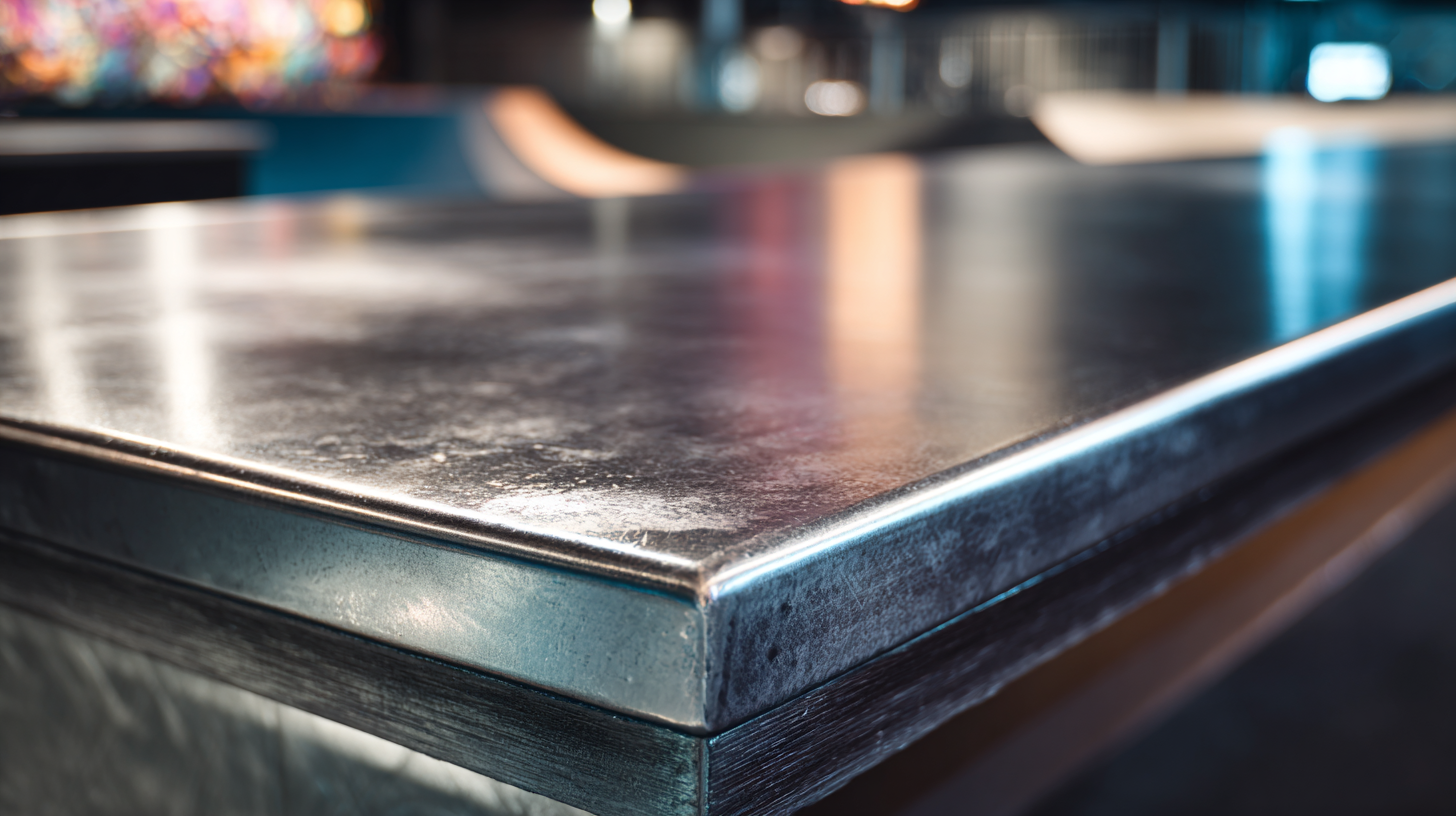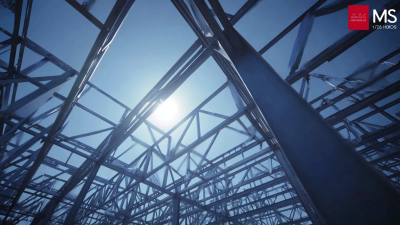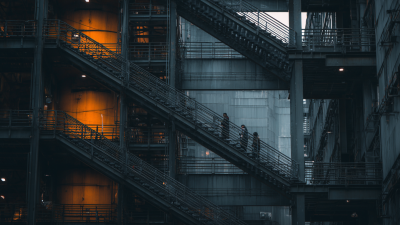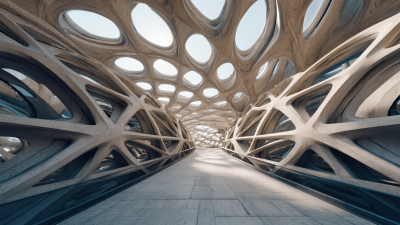
In today’s rapidly evolving technological landscape, the versatility of Steel Boards has emerged as a pivotal element across various industries. From construction and manufacturing to art and design, these robust materials offer unparalleled durability and adaptability. By seamlessly integrating strength and aesthetic potential, Steel Boards have not only revolutionized structural applications but have also inspired innovative designs that enhance functionality and visual appeal. This exploration delves into the myriad applications, benefits, and cutting-edge innovations tied to Steel Boards, highlighting their essential role in modern engineering and creative endeavors. As industries continue to seek sustainable and resilient solutions, understanding the full scope of Steel Boards will illuminate their transformative impact on our built environment and everyday life.

Steel boards have undergone significant evolution since their inception, adapting to various industrial demands and technological advancements. Historically, steel boards were primarily used in construction and heavy machinery due to their robust strength and durability. According to a 2021 report by MarketsandMarkets, the global steel board market was valued at approximately $65 billion and is projected to reach $85 billion by 2026, driven by industries recognizing the long-term cost benefits associated with using steel boards over traditional materials.
In modern applications, the versatility of steel boards extends beyond construction; they are increasingly being utilized in areas such as transportation, packaging, and even art. Innovative adaptations include the use of galvanized steel boards that resist corrosion and weathering, making them suitable for outdoor applications. Furthermore, advances in laser cutting technology have allowed for intricate designs and customizations, catering to various consumer needs. A report from Grand View Research indicated that the demand for customized steel products has increased by over 15% annually, reflecting an ongoing shift towards tailored solutions in the industry. This adaptability underscores the continued relevance and innovation surrounding steel boards as they embrace modern challenges.
 Steel boards have become integral to various industries, demonstrating their versatility through diverse applications. In construction, steel boards serve as temporary barriers and formwork, providing the necessary support for concrete structures while ensuring safety on job sites. Their durability and resistance to harsh weather conditions make them an ideal choice for scaffolding and safety partitions. Similarly, in the manufacturing sector, steel boards are utilized for creating durable work surfaces and as protective barriers in high-traffic areas, improving overall operational efficiency.
Steel boards have become integral to various industries, demonstrating their versatility through diverse applications. In construction, steel boards serve as temporary barriers and formwork, providing the necessary support for concrete structures while ensuring safety on job sites. Their durability and resistance to harsh weather conditions make them an ideal choice for scaffolding and safety partitions. Similarly, in the manufacturing sector, steel boards are utilized for creating durable work surfaces and as protective barriers in high-traffic areas, improving overall operational efficiency.
In addition to construction and manufacturing, steel boards find applications in the transportation industry. They are commonly used in the production of vehicle components due to their strength and lightweight properties. The automotive and aerospace sectors benefit from steel boards in the assembly of chassis and other critical components, ensuring resilience and safety. Furthermore, innovations in steel processing technology, such as galvanizing and coating, enhance the performance of steel boards, making them suitable for a wider array of applications, including signages and decorative elements in architecture. This evolution of steel boards showcases their essential role across multiple sectors, adapting to meet the evolving demands of modern industry.
Steel boards offer a range of benefits that make them an excellent choice across various applications. One of their most prominent advantages is durability. Unlike traditional materials, steel boards can withstand harsh weather conditions, resist corrosion, and endure heavy loads without losing structural integrity. This resilience ensures a longer lifespan in construction, manufacturing, and transportation, significantly reducing the need for frequent replacements or repairs.
Moreover, the versatility of steel boards is noteworthy. They can be utilized in a myriad of settings, from industrial flooring and shipping pallets to protective barriers and formwork in construction projects. This adaptability caters to both functional and aesthetic demands, as steel boards can be finished or treated to fit specific design requirements. Additionally, their sustainability factor cannot be overlooked; steel is 100% recyclable, making it a more eco-friendly option compared to many conventional materials. By choosing steel boards, businesses and consumers can contribute to a more sustainable future while benefiting from functional and long-lasting products.
| Application | Benefit | Sustainability Aspect |
|---|---|---|
| Construction | High durability and strength | Recyclable material |
| Transportation | Lightweight and easy to handle | Reduced carbon footprint due to efficiency |
| Manufacturing | Versatile for different products | Sustainable sourcing practices |
| Art and Design | Aesthetic appeal and customizability | Durable products last longer |
| Agriculture | Robust for outdoor conditions | Supports sustainable farming equipment |
 Innovative technologies are reshaping the manufacturing and design of steel boards, leading to enhanced applications and benefits across various industries. Recent funding initiatives in the UK have prioritized sustainability research hubs, highlighting the demand for technological advancements that improve manufacturing processes. These innovations aim not only at efficiency but also at reducing environmental impact, emphasizing the importance of sustainable practices in today’s production landscape.
Innovative technologies are reshaping the manufacturing and design of steel boards, leading to enhanced applications and benefits across various industries. Recent funding initiatives in the UK have prioritized sustainability research hubs, highlighting the demand for technological advancements that improve manufacturing processes. These innovations aim not only at efficiency but also at reducing environmental impact, emphasizing the importance of sustainable practices in today’s production landscape.
Additive manufacturing is a perfect example of such advancements, as seen in its successful implementation at various facilities. This technology enables the creation of intricate steel components that were previously difficult or impossible to manufacture. By adopting these methods, companies can achieve significant cost savings and reduce material waste, which aligns with the global push toward eco-friendliness.
Tip: To maximize the benefits of innovative steel board designs, consider integrating digital twin technology during the design phase. This approach allows for real-time simulations, leading to optimization before production begins. Additionally, exploring partnerships with research hubs can provide access to cutting-edge resources and insights into sustainability trends.
The emergence of smart construction solutions is reshaping the landscape of the construction industry, and steel boards are playing a pivotal role in this transformation. With their high durability, strength, and adaptability, steel boards are increasingly integrated with innovative technologies, such as IoT sensors and automated monitoring systems. These integrations enable real-time data collection and analysis, enhancing project efficiency and safety. For instance, smart steel boards can prompt alerts for structural health monitoring, allowing for timely maintenance and reducing the risk of unforeseen failures.
Moreover, the future of construction is not solely about structural integrity; it also encompasses sustainability. Steel boards are being manufactured with eco-friendly practices, which aligns with the growing demand for sustainable building materials. As architects and engineers seek to minimize their carbon footprint, the versatile nature of steel allows for creative designs that do not compromise on functionality. Advances in galvanization and coating technology further extend the lifespan of steel boards, making them an environmentally responsible choice in smart construction solutions. This synergy of innovation and sustainability is positioning steel boards as a cornerstone of future construction projects.





